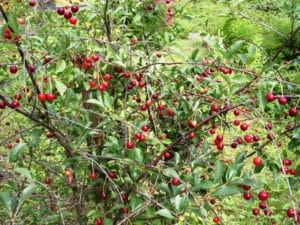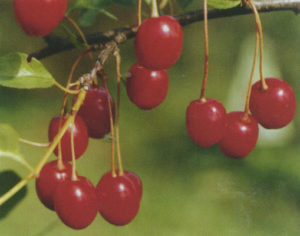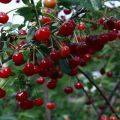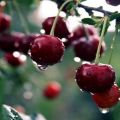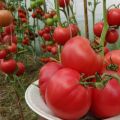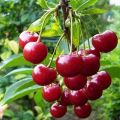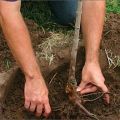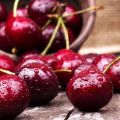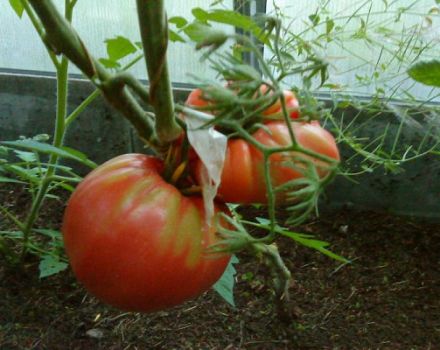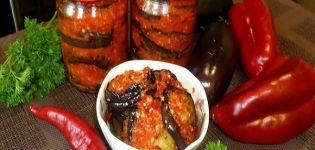Description and characteristics of cherry varieties Malinovka, the best regions for growing
Among the variety of existing varieties of cherries, it is Malinovka that is considered the classic variety of this culture - high-yielding, frost-resistant with a long shelf life of fruits.
Therefore, a garden with cherry trees of this kind present in it will become a real pride for a gardener. And in winter, bright and appetizing cherries are a delicious delicacy in the form of, for example, jam or compote.
Variety history
The culture of this cherry variety is presented by domestic breeders at the end of the twentieth century on the basis of the developments of the All-Russian Institute of Horticulture. The robin was included in the State Register in the Central, Middle Volga and Ural regions. The botanists participating in the creation of this variety - H. Enikeev and S. Satarova - have added a variety of new varieties of berries to the list of fruit crops.
Cherry description
The name of this cherry variety speaks for itself and is associated with a kind of ringing songbird in the form of a robin or, in other words, a zoryanka. The description of the variety includes the characteristics of the culture, peculiar only to this variety of cherry. Trees reaching a height of 3 meters are marked with a rounded, spherical shape, crown.
Important! The density of the tree stands requires constant thinning.
The shape and size of the leafy part of the bush have a standard pattern and are similar to other varieties of cherry. The leaves, starting from the top of the cherry tree, are darker in appearance, with a shiny and glossy surface. The bottom of the leafy part is indicated by the light color of the leaves.
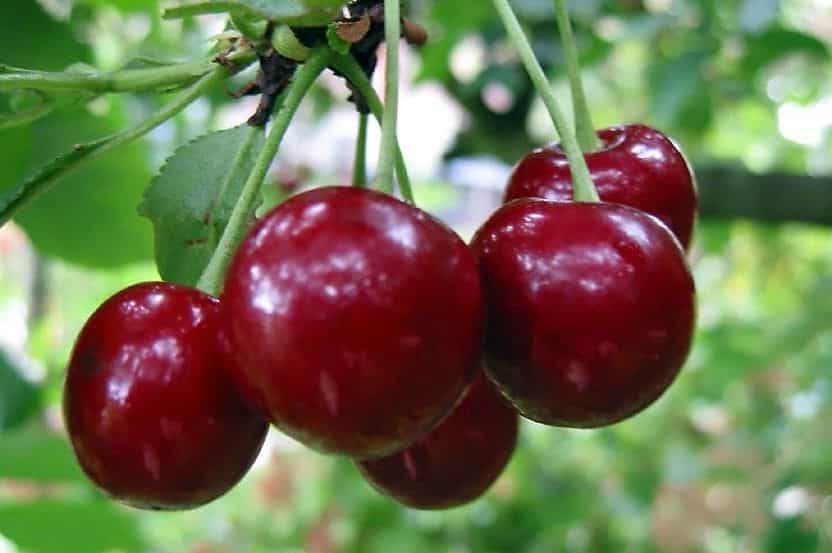
Appetizing berries have a deep red color with a weight of 4-5 grams each. The juicy pulp of the fruit with a dense structure has a sweet and sour taste. The small stone is easily separated from the juicy pulp of the cherry.
Pros and cons of the variety
The robin, like other fruit trees, has varietal advantages and disadvantages.
The pluses of these cherry trees include:
- high yield;
- excellent taste characteristics;
- frost resistance;
- good immunity to certain diseases;
- late ripeness;
- ease of care.

The disadvantages of this variety of trees include properties in the form:
- self-fertility, expressed in the flowering of the bush without further formation of fruits on it due to insufficient pollination by insects;
- small berries;
- susceptibility to diseases such as moniliosis, cocomycosis.
Important! To obtain a rich harvest near Malinovka, it is necessary to plant its pollinators, namely the following cherry varieties - Lyubskaya, Shubinka, Vladimirskaya.
How popular is it with gardeners?
The Robinovka is popular among gardeners and lovers of cherry preparations. Due to the late fruiting, cherry berries are characterized by high marketability and taste. The rich harvest of cherries harvested is ideal for preparing such preserves as compotes, preserves, jams, jellies.
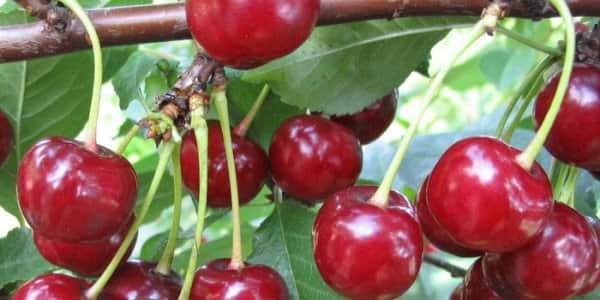
Characteristics of robinovka cherry
This cherry variety has the following qualities:
- ease of care;
- average resistance to disease;
- excellent productivity and early maturity;
- suitability for various types of processing;
- the use of berries on an industrial scale;
- long shelf life of berries.

The best regions to grow
Due to the popularity of the Robin, due to its unpretentious care and high yields, the variety is grown almost everywhere by amateur gardeners. The Central, Middle Volga and Ural regions are considered suitable places for planting this cherry.
Diseases and pests
A significant disadvantage of this cherry variety is the insufficiently high immunity to fungal diseases. Therefore, it is so important to have an understanding of the diseases affecting Robin, and the methods of dealing with these fungal diseases.
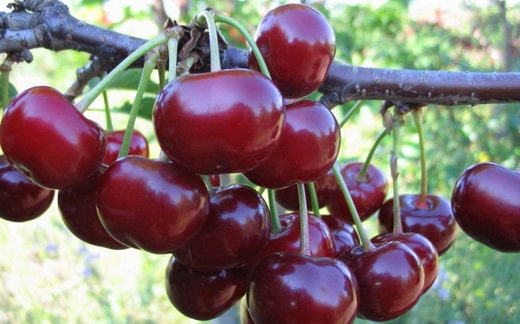
Cherry culture is susceptible to:
- Coccomycosis - a fungal disease in which the tree stops bearing fruit, and the leaves, flowers and berries dry out and fall off. Complete pruning of affected tree branches and fungicide treatment are required.
- Moniliosis - a disease that manifests itself in the form of burn spots on the leaves and in the inability of the tree to bear fruit. Treatment - complete destruction of affected branches and leaves by burning, treatment with fungicides.
- Anthracosis - a fungal disease in which the branches of a tree dry up and leaves fall. Recommended pruning of damaged areas of the tree and spraying with means in the form of Ridomil, Acrobat.
- Gum - a lesion that manifests itself in the form of a liquid on the bark of a tree, similar to resin. The places affected by the disease must be promptly cleaned of resinous liquid, and the wounds must be treated with a garden varnish.
- Rust, manifested by brown-red spots on the foliage. Treatment with copper sulfate is required.
In addition, cherry trees can infect pests in the form cherry weevil, aphids, moths, slimy sawfly.
Such insects must be removed with the help of chemicals and the timely disposal of the infected parts of the crop.
